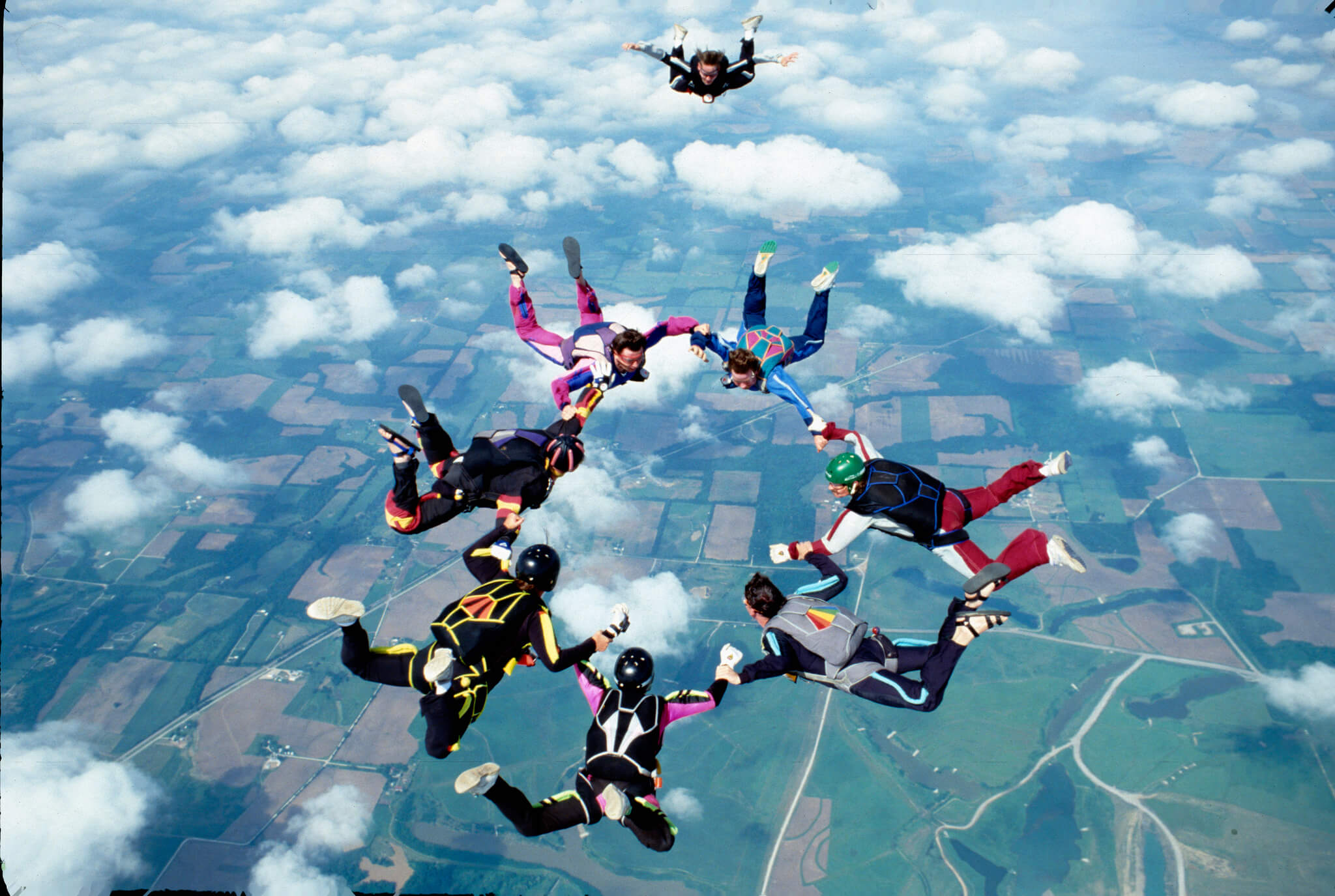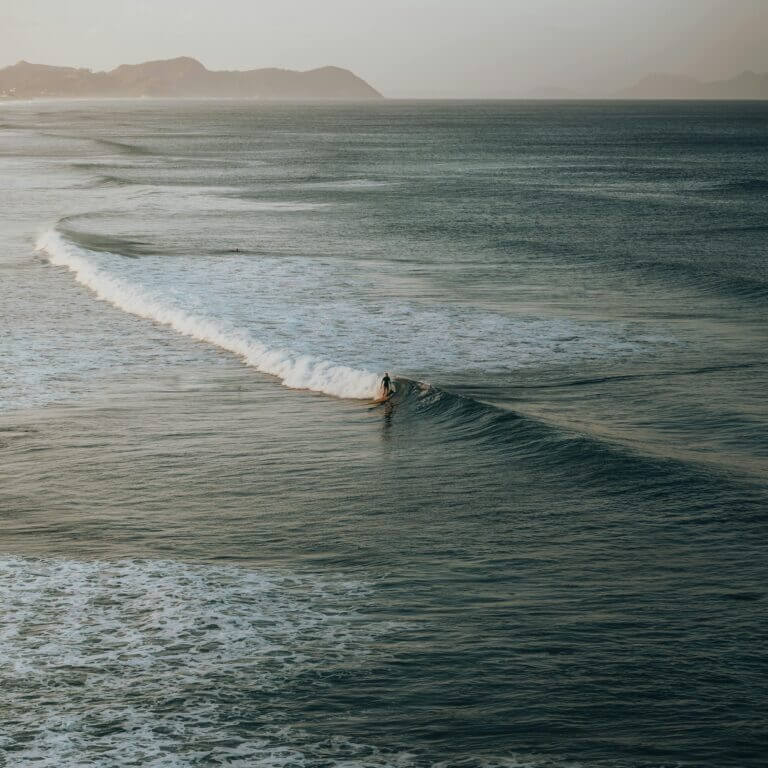comparison of surfing and skiing as great adventure sports
Most adrenaline junkies like you are always looking for their next thrilling adventure, and two popular options that often come to mind are surfing and skiing. Both sports offer a unique blend of excitement, natural beauty, and physical challenge. In this blog post, I will compare surfing and skiing as great adventure sports, highlighting their differences and similarities to help you decide which one is best suited for your next adrenaline-pumping escapade.
Key Takeaways:
- Connection with nature: Both surfing and skiing provide adventurers with an opportunity to connect with the great outdoors and experience the breathtaking beauty of nature.
- Skill and technique: Both sports require a certain level of skill and technique to master, making them challenging and rewarding for those who are willing to put in the time and effort to learn.
- Adrenaline rush: Both surfing and skiing offer an adrenaline rush as adventurers ride the waves or ski down the slopes at high speeds, providing a thrilling and exhilarating experience.

Understanding the Basics of Surfing and Skiing
How to Get Started with Surfing: Tips for Beginners
Your journey into the world of surfing begins with the basic understanding of the sport. To get started, you will need to familiarize yourself with the equipment required, such as a surfboard and wetsuit. I highly recommend taking lessons from a certified instructor to learn the proper techniques and safety measures. Practice is key when it comes to surfing, so be patient and persistent in honing your skills. Make sure to always respect the ocean and follow surfing etiquette while out on the waves.
- Invest in a good quality surfboard and wetsuit that suits your skill level.
- Start practicing in small waves and gradually progress to larger ones.
- Stay consistent with your practice and don’t get discouraged by wipeouts.
Though surfing can be challenging at first, the thrill of catching your first wave and riding it to shore is a feeling like no other. Embrace the learning process and enjoy the journey of becoming a proficient surfer.
How to Get Started with Skiing: Essential Equipment and Lessons
Skiing is a fantastic winter sport that offers exhilarating experiences on snow-covered mountains. Before hitting the slopes, you will need to ensure you have the vital equipment such as skis, boots, and poles. I suggest enrolling in ski lessons to learn the proper techniques for skiing and safety precautions to follow on the mountains. It’s crucial to start with beginner slopes and gradually progress to more challenging trails as you build your skills and confidence on skis.
Understanding the fundamentals of skiing is vital for a successful and enjoyable experience on the slopes. I recommend investing in quality equipment that fits you well and taking lessons from experienced instructors to kickstart your skiing journey. Remember to always ski responsibly and be mindful of other skiers around you while exploring the snowy terrain.
Physical Demands and Health Benefits
Physical Factors to Consider for Surfing: Flexibility and Endurance
Any adventure sport demands a certain level of physical ability and surfing is no exception. For me, flexibility and endurance are two key factors to consider when hitting the waves. Flexibility is crucial as you need to be able to move your body in various directions to maintain balance on the board and ride the waves smoothly. Additionally, having good endurance will help you paddle out, catch waves, and stay in the water for longer periods without getting fatigued.
- Flexibility is necessary for maneuvering on the board and maintaining balance.
- Endurance is necessary for paddling out, catching waves, and staying in the water for extended periods.
- This ensures you can enjoy longer surfing sessions and improve your skills over time.
Physical Factors to Consider for Skiing: Strength and Agility
For skiing, strength and agility play a vital role in your performance on the slopes. Strengthening your leg muscles and core is necessary for maintaining stability and control while skiing down steep slopes. Agility is also crucial for quickly changing direction, navigating through obstacles, and adjusting to different terrains.
- Strength helps maintain stability and control on the slopes.
- Agility is crucial for navigating through obstacles and changing terrains swiftly.
- After all, skiing requires a combination of strength and quick reflexes to tackle challenging slopes effectively.
Clearly, having a good balance of strength and agility can enhance your skiing experience and allow you to tackle more advanced runs with confidence.
- After mastering these physical aspects, you can take your skiing skills to the next level and explore more challenging terrains.
Health Benefits of Surfing: Cardiovascular Fitness and Stress Relief
Some of the health benefits of surfing include improving cardiovascular fitness and reducing stress levels. When you paddle out, catch waves, and surf along the coastline, you engage your entire body, which can help improve your heart health and overall fitness. Furthermore, being out in the water, feeling the rhythm of the waves, and focusing on the present moment can help you de-stress and unwind from daily pressures.
Health Benefits of Skiing: Improved Coordination and Balance
Agility, coordination, and balance are key components of skiing that contribute to its health benefits. While skiing, you continuously adjust your body’s position, shift weight between skis, and coordinate your movements to navigate down the slopes smoothly. These actions not only enhance your physical coordination and balance but also engage various muscle groups, promoting overall fitness.
- Benefits of improved coordination and balance extend beyond the slopes and can enhance your overall physical capabilities.
Health benefits aside, both surfing and skiing offer an exhilarating experience that combines physical challenges with the beauty of nature. Whether you prefer riding the waves or conquering the slopes, these adventure sports provide an excellent opportunity to stay active, improve your fitness, and enjoy the great outdoors.
Safety Precautions and Risk Management
Unlike some other adventure sports, surfing and skiing can come with their own set of risks that need to be managed carefully. Safety precautions are paramount when engaging in these activities to ensure a fun and secure experience.
How to Identify and Avoid Hazards in Surfing: Rip Currents and Marine Life
Identify potential hazards like rip currents and marine life before hitting the waves. Rip currents are fast, narrow flows of water that can pull you away from the shore. Be cautious while swimming or surfing near areas where rip currents are likely to occur. Additionally, be aware of marine life such as jellyfish or sharks, and familiarize yourself with ways to identify and avoid them to prevent any unwanted encounters.
How to Identify and Avoid Hazards in Skiing: Avalanche Safety and Slope Conditions
Anytime you hit the slopes, it’s crucial to educate yourself on avalanche safety and slope conditions. Before skiing in backcountry areas, check avalanche forecasts and carry necessary safety equipment such as beacons and probes. Assess the slope conditions for potential hazards like ice patches or rocks that could pose risks to your safety.
Identify signs of avalanche-prone areas, such as recent snowfall, cracks in the snowpack, or visible avy debris. Stay on marked trails and avoid skiing in closed areas to minimize the risk of avalanches or accidents.
Tips for Wearing Protective Gear in Surfing and Skiing
- Wear a well-fitted wetsuit and leash while surfing to protect against cold water and help you stay afloat.
- For skiing, always wear a helmet, goggles, and appropriate layers to stay warm and safe on the slopes.
Avoid neglecting the importance of protective gear, as it can significantly reduce the risk of injuries while enjoying these high-speed sports. Perceiving the potential dangers and preparing accordingly can make a huge difference in your safety and overall experience.

Environmental Factors and Conditions
Despite the thrilling experience that surfing and skiing offer, they both heavily depend on environmental factors and conditions. Environmental conditions play a crucial role in the safety and enjoyment of these adventure sports. Knowing how to read and interpret these factors can make a significant difference in your experience.
How to Read Ocean Conditions for Surfing: Tides and Swell Direction
An necessary part of surfing is understanding how tides and swell direction affect the waves. Tides can greatly impact the size and shape of the waves you’ll be riding. For example, an incoming tide may produce larger and more powerful waves, while an outgoing tide might create more choppy and inconsistent surf. Swell direction also plays a significant role in determining the quality of the waves. Waves generated from distant storms can produce powerful and consistent surf, while local wind-generated waves may be shorter and less predictable.
How to Read Snow Conditions for Skiing: Slope Angle and Snow Quality
There’s a lot to consider when evaluating snow conditions for skiing. The slope angle can affect the speed and difficulty of your run. Steeper slopes provide a more thrilling ride but require advanced skills to navigate safely. Additionally, snow quality can vary widely depending on factors like temperature and recent snowfall. Fresh, powdery snow offers a smooth and enjoyable skiing experience, while icy or slushy conditions can make it challenging to control your skis.
Conditions on the mountain can change rapidly, so it’s necessary to stay updated on weather forecasts and ski reports before hitting the slopes.
Factors to Consider for Surfing and Skiing in Different Weather Conditions
- Wind speed and direction can impact the waves’ shape and quality for surfing, as well as the temperature and visibility for skiing.
- Cloud cover and precipitation can affect visibility and safety, so it’s crucial to always be prepared for changing weather conditions.
To ensure a safe and enjoyable experience, it’s necessary to consider these factors and adapt your plans accordingly. Assume that weather conditions can change quickly, and always prioritize your safety above all else.
Different weather conditions can present unique challenges and opportunities for surfing and skiing. Being aware of these factors and conditions can help you make the most of your adventure sports experience.
Mental Preparation and Focus
How to Develop Mental Toughness for Surfing: Overcoming Fear and Building Confidence
Not everyone is naturally fearless when it comes to surfing. The ocean can be unpredictable, and waves can be intimidating. Some days, the conditions may not be ideal, and it’s normal to feel a bit scared. However, building mental toughness is crucial in surfing. To overcome fear, it’s important to start small. Begin with smaller waves and gradually progress to larger ones as you gain more confidence. Visualization techniques can also be helpful. Picture yourself riding the wave successfully, feeling the excitement and joy. This can help build your confidence and reduce fear.
How to Develop Mental Toughness for Skiing: Focus and Concentration Techniques
Surfing is more than just physical; it requires a great deal of mental strength and focus. Skiing demands intense concentration and focus, especially when navigating through challenging terrains or steep slopes. Staying centered and fully present in the moment is key to success on the slopes. I find that focusing on your breathing can help calm the mind and improve concentration. When you focus on each breath, you naturally become more present and aware of your surroundings, helping you navigate the slopes with ease.
- Staying centered and grounded is crucial for maintaining focus while skiing.
- Visualization techniques can also be beneficial in enhancing your skiing performance.
Tips for Staying Motivated and Focused in Both Surfing and Skiing
Fear and lack of focus can hinder your performance in both surfing and skiing. It’s important to stay motivated and focused on your goals to overcome these challenges. Developing a routine that includes mental preparation exercises can help you stay on track. Whether it’s setting daily intentions, practicing mindfulness, or visualizing success, incorporating these activities into your routine can enhance your performance.
- Remind yourself why you love surfing or skiing to stay motivated during challenging times.
- Setting incremental goals can help you stay focused and track your progress over time.
Choosing the Right Equipment and Gear
How to Select the Right Surfboard for Your Skill Level and Riding Style
If you’re new to surfing, it’s crucial to choose the right surfboard to match your skill level. Opt for a longer, softer board that provides stability and floatation, making it easier to catch waves and maintain balance. As you progress, you can transition to a shorter and more maneuverable board that aligns with your riding style, whether it’s carving smooth turns or mastering tricks. Consider factors like volume, shape, and fin setup when selecting a surfboard that suits your needs.
How to Select the Right Skis and Bindings for Your Skill Level and Terrain
Some key considerations when choosing skis and bindings include your skill level and the type of terrain you’ll be skiing on. Beginners should opt for shorter skis with a wider waist for better stability and control, while advanced skiers may prefer longer skis that offer greater speed and agility on challenging slopes. Bindings should be compatible with your ski boot size and provide the appropriate level of flexibility and responsiveness for your skiing style.
Choosing the right skis and bindings is important for optimizing your performance on the mountain. Factors such as ski length, width, and stiffness can impact how you maneuver on different snow conditions and terrain types. It’s recommended to consult with a professional at a ski shop to ensure you get gear that complements your skiing ability and preferences.
Factors to Consider for Wetsuits and Dry Suits in Surfing and Skiing
In the context of wetsuits and dry suits for surfing and skiing, selecting the right gear can enhance your comfort and safety in the water or on the slopes. Factors like water temperature, weather conditions, and personal preference play a significant role in choosing the appropriate suit. Wetsuits are ideal for surfing in cool waters, providing insulation and flexibility, while dry suits offer full-body protection against cold temperatures.
- Consider the thickness and material of the suit based on the water temperature and your tolerance to cold.
- Ensure a snug fit to prevent water entry while allowing enough mobility for your movements.
With the right wetsuit or dry suit, you can extend your surfing or skiing season and enjoy your adventures in various conditions. Assume that investing in quality gear will enhance your performance and comfort as you pursue your passion for these exciting sports.
Summing up
With this in mind, I believe that both surfing and skiing are incredible adventure sports that offer unique thrills and challenges. While surfing allows you to ride the waves and feel connected to the power of the ocean, skiing allows you to carve through snow-covered mountains and experience the adrenaline rush of speeding down slopes. Both sports require skill, balance, and a love for the great outdoors.
FAQ
Q: What are the differences between surfing and skiing as great adventure sports?
A: While both surfing and skiing are thrilling adventure sports, there are key differences between the two. Surfing involves riding ocean waves on a board, using natural waves for propulsion, while skiing involves sliding down snow-covered slopes on skis, relying on gravity for speed.
Q: Which sport requires more specialized gear – surfing or skiing?
A: Skiing typically requires more specialized gear than surfing. Skiers need skis, boots, poles, and appropriate clothing for cold weather, as well as safety equipment such as helmets and goggles. In comparison, surfers need a surfboard, wetsuit, and possibly a leash, but the equipment is generally simpler and easier to transport.
Q: How do the environments of surfing and skiing differ?
A: Surfing takes place in the dynamic and unpredictable environment of the ocean, where surfers must navigate waves and ocean currents. Skiing, on the other hand, occurs in a more controlled environment – a designated ski resort with groomed slopes and marked trails. Both sports offer unique challenges related to their respective environments, making them exciting adventures for outdoor enthusiasts.







